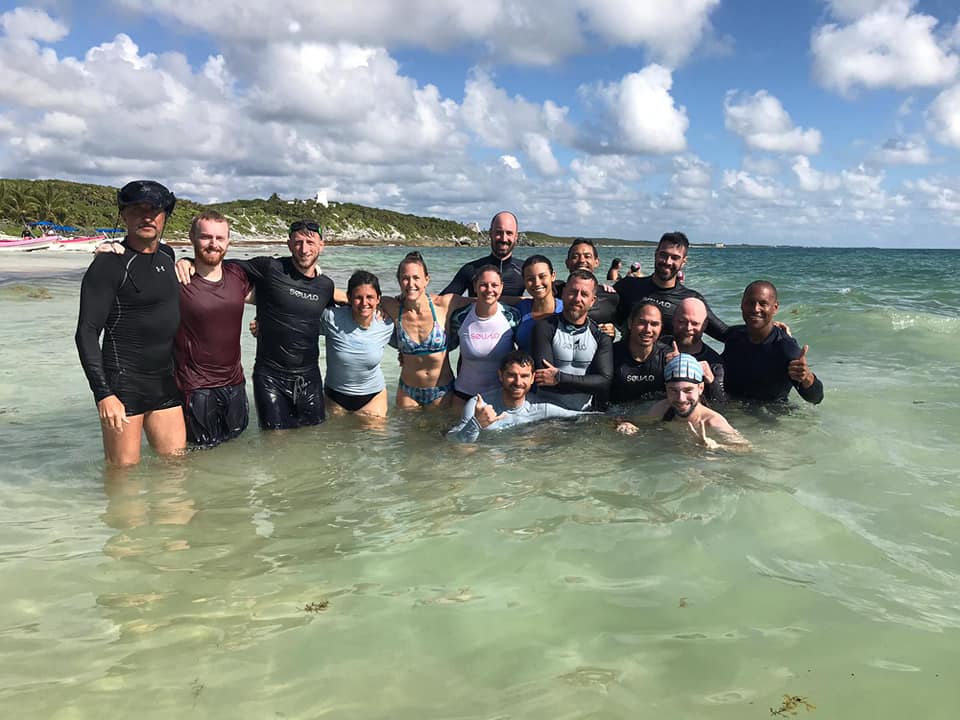
Note: I wrote this review for people who want to increase their confidence and establish a basic level of capability in water-based activities (e.g. efficient swimming, freediving, open water survival, etc.), and are considering the MovNat Aquatics course. Here’s the short version: This was a very difficult course for me, but I’m really glad I attended. I highly recommend it for new swimmers and poor/inefficient swimmers, but I think even experienced swimmers will get a lot out of it, too – probably more than I did, actually. If you cannot swim at all, this is probably not the course for you. Okay, where to begin?
We weren’t even thirty minutes into the MovNat Aquatics workshop, and I was already thinking about quitting.
Our group was sitting in a circle on a beautiful beach in Tulum, Mexico after completing a “warmup” for the day’s upcoming training activities, and I was wondering if I had made a big mistake.
Moments earlier, my group had just participated in a simple swim down the coast, probably so our instructor could evaluate our ability to get back to shore in case we ever needed to…because of sharks or pirates or something. The surf wasn’t bad, but that didn’t matter. I was never a good swimmer, and wasn’t comfortable in open water. But I had to know: can I swim from that shipwreck down the coast to that buoy line non-stop…if I had to? I’ve covered the distance once before, but I nearly drowned doing it (true story – see below).
So, into the water we went, and I started in the back of the group because I knew I’d be among the slowest.
In the grand scheme of things, we didn’t swim far. But my lack of skill had me quickly exhausted, barely inching toward the finish line. In between gasps for air, I remember a few distinct moments of near-panic, where I thought “I have to get to shore right now!” But I fought the urge to quit and kept swimming. Well, if you can call it that. More like thrashing my way through the water. No surprise I was the last one to finish in the group. As soon as I got my footing to hobble back to shore, a few of my fellow participants said, “Good job, John.” I coughed up a “thanks” between gasps. But they were just being nice. It wasn’t a good job. I was lucky I made it. And if the distance was much further, I doubt I could have made it. Good thing it was just a test close to shore.
Stumbling back to the beach and regrouping with my fellow students, I was giving serious thought to sitting the rest of this course out. I mean, if the “warmup” left me utterly exhausted, how on Earth was I going to keep up with everything else?
I didn’t know. But what I did know is all of this fear, exhaustion, and uncertainty is exactly why I needed to be there. I remembered the best learning and growth happens outside of your comfort zone. That challenges are opportunities. That facing your fears helps you overcome them. I also knew that giving up would go against my values – my identity. And I’m pretty stubborn, too. So, after a moment of coming to terms with all this, I decided I wouldn’t quit unless it became truly dangerous for me to continue. And it never did.
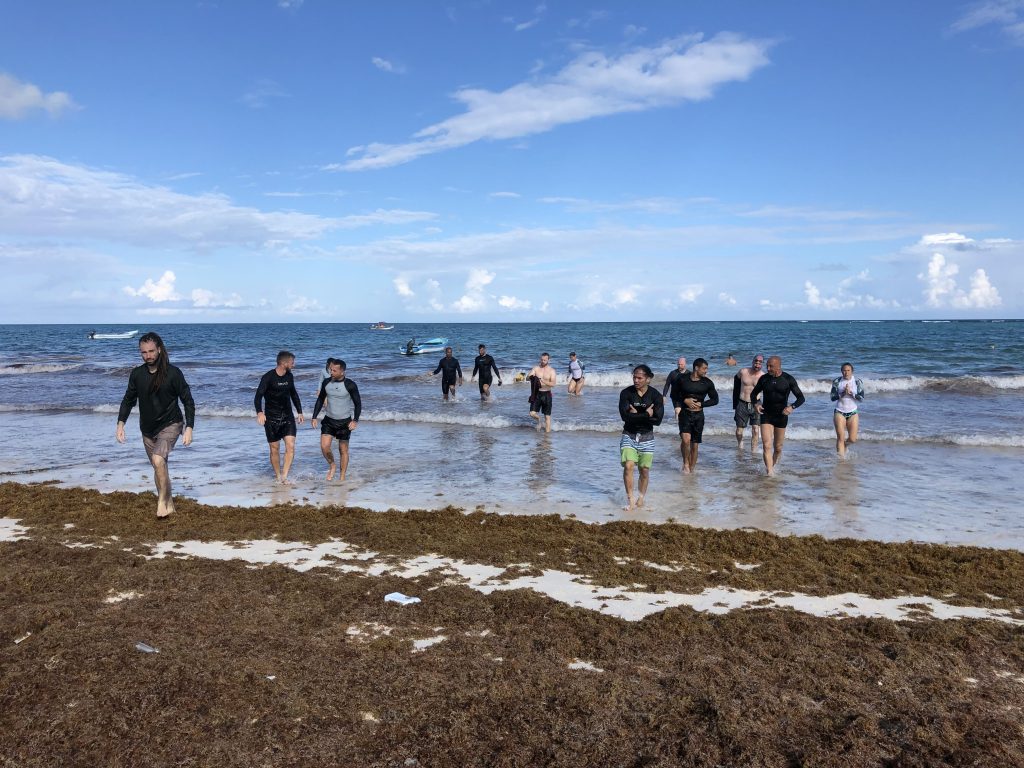
Most of my life, I’ve hated the water. I took some swim lessons when I was a kid, but that was really just water acclimatization, and I never really learned how to swim well. I was comfortable in a pool, but never in open water. And I always hated the cold, too (but some Cold Showers and ice baths cured that ailment). Actually, for awhile, I was that weird guy who always wore shoes at the beach and never went in the water.
Those are some of the reasons why I attended the MovNat Aquatics course. I always wanted to learn to swim well (and enjoy it), but I knew I needed some help to get there. And at a deeper level, I always feared the water – avoided the water – and I wanted to confront that fear.
I remember a near-drowning experience I had many years ago when I greatly under-estimated the distance I needed to swim to get back to shore, and over-estimated my ability to cover it. I was goofing off in a rubber boat with some friends, and had the great idea to hop off and swim back to shore on my own. Shortly after abandoning ship, both of my feet and one of my my calves cramped up – locking my ankles and one of my knees in vice-like pain. Needless to say, that made swimming more difficult, especially for an already poor swimmer. Those next several minutes weren’t scary, necessarily, but I remember thinking, “this must be how people feel when they know they’re about to drown and there’s nothing they can do about it.”
Obviously, I made it. But that was the closest I’ve ever come to drowning. And I hadn’t been in open water again until this MovNat Aquatics course, nearly ten years later.
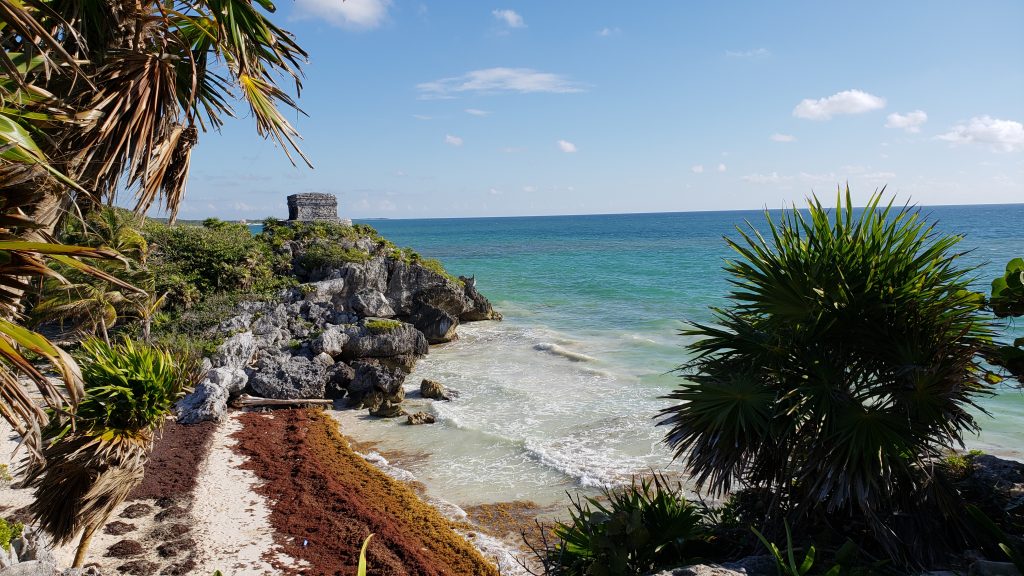
The next two days of training were some of the most challenging I’ve ever experienced – not because it was a difficult course, per se, but because I wasn’t prepared for it. I was very uncomfortable in the water due to my lack of experience and, in particular, a very low skill and conditioning level for in-water activities.
Oh, and I had injured my foot the day before during a sparring drill in the MovNat Combatives course, which didn’t help. The pain was little more than an annoyance, but between that and the swelling, I was limping when on shore and couldn’t really kick very well with one of my legs.
But despite these challenges, I am so glad I completed the course, as it’s been one of the most personally rewarding training experiences I’ve ever gone through – not just at the course itself, but since returning home, too.
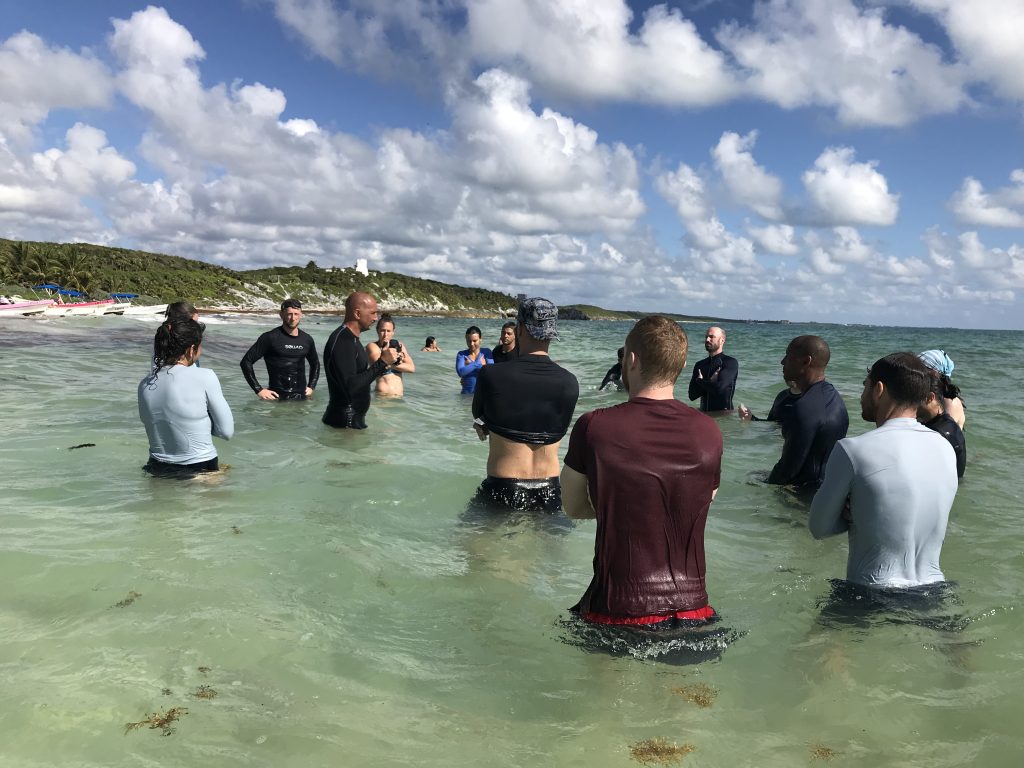
What is MovNat Aquatics?
MovNat Aquatics is a 2-day training course taught by MovNat Master Instructor, Vic Verdier, to help students establish a baseline level of capability for in-water activities.
Vic has decades of experience as a freediving, swim, and scuba instructor. He’s even authored several books on the subject. Plus, he’s a former French Naval Special Forces instructor. So, while he’s definitely overqualified for teaching a course like this, I think we could all sense his passion for helping us become more capable in the water. Vic was definitely in his element, and he has a knack for being deadly serious and at the same time, making the course quite fun.
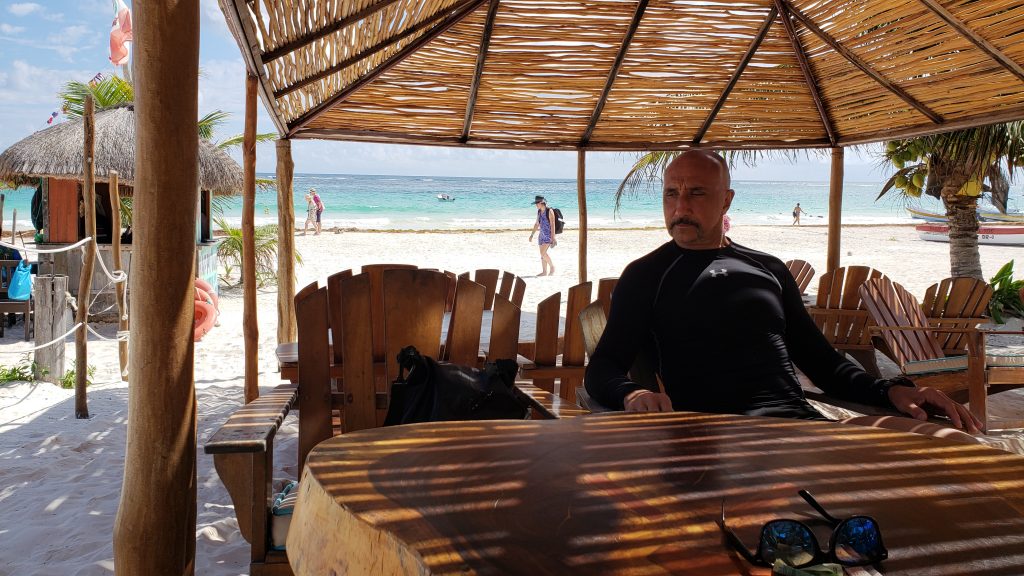
MovNat teaches the full spectrum of natural human movement skills. Everything from very basic ground movements such as sitting and rolling over to much more advanced climbing and vaulting movements (e.g. muscle ups, dive rolls, inverted vaults, etc.) – and everything in between (e.g. walking, running, jumping, crawling, balancing, lifting, carrying, throwing, catching, etc.). But the MovNat curriculum also includes self defense skills such as striking and grappling (i.e. Combatives) and water-based skills such as swimming and freediving (i.e. Aquatics) because these are natural human movements, too.
So, in a nutshell, MovNat Aquatics is designed to help you learn how to move safely and efficiently in the water, whether for recreational purposes or emergency/survival situations. The ultimate goal is to help students become comfortable, confident, and competent in pools, lakes, rivers and oceans.
Anyone may attend this course, but to earn the certification, you will have to pass some tests (e.g. swimming, breath holding, water rescue, etc.) and meet some other requirements. Some of which may look weird.
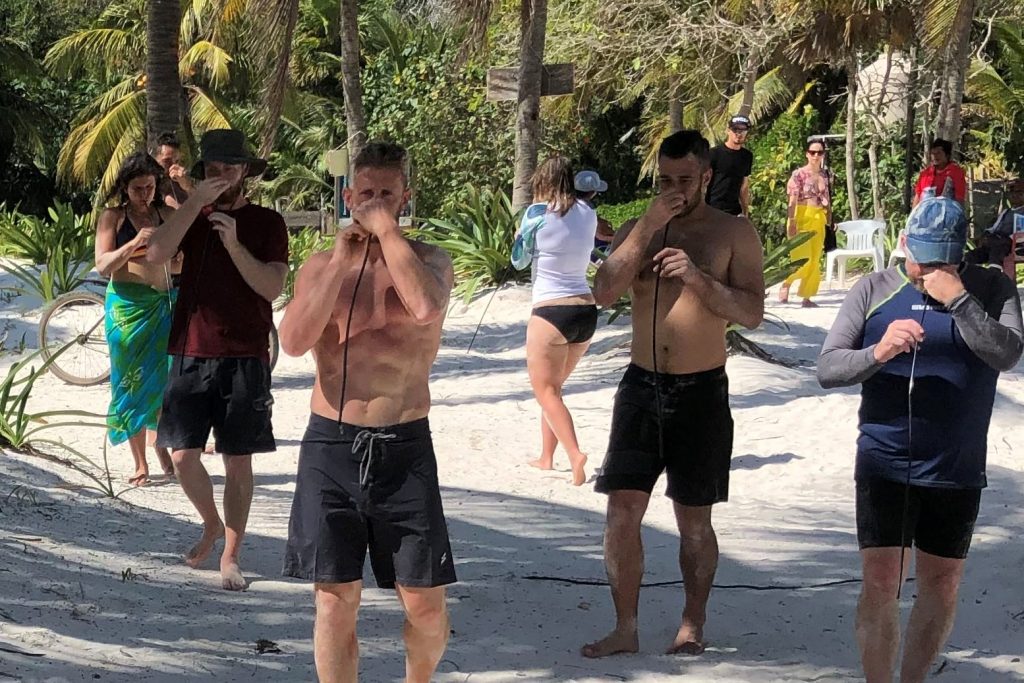
What will you actually learn at this course?
We learned several techniques for floating, conserving body heat, and self-rescue. We learned how to swim efficiently in the breaststroke, freestyle/crawl, backstroke, and sidestroke. We learned many techniques for holding your breath, increasing your breath capacity, and freediving. We even learned how to rescue someone who is drowning. And we practiced all of this a lot. There was just enough instruction to give us a break, but the vast majority of this course was spent in the water, learning by doing.
One of the highlights for me was rescuing my friend and Navy SEAL, Eric Brown, from “drowning” during one of the tests. Eric was playing the victim who would then give a signal to us on the beach, then we’d have to run and swim out to him, drag him back to shore, then rehearse CPR treatment. We did this dressed in street clothes. I was wearing jeans and a cotton long-sleeve t-shirt. The actual test couldn’t have lasted more than 2-3 minutes, but hauling a 200+ pound man back to shore was exhausting. We had a good laugh because as I was dragging Eric in, I tried adjusting my grip and he slipped just as a wave was coming in – slapping him in the face. Sorry, Eric! But I did manage to pass this exam, which means that for the rest of my life, I can say I rescued a Navy SEAL from drowning…sortof.
Another highlight was the integration of Aquatic skills into a MovNat combo. Vic had us partner up, find a moderately heavy stone, and then transport that stone on shore and in the water. First, we had to crawl with it down the beach, then carry it into the water – taking turns whenever needed. Once it was too deep to stand up, we had to swim a short distance down the coastline with our rock, then back to shore. Some pairs opted to swim at the surface while holding the rock in tight to the ribs like a football with one hand (sidestroke is best). Others chose to tread water and then overhead throw the rock as far as they could, then their partner would dive down to pick it up and repeat the throw. And others just carried it by walking along the sandy bottom – coming up for air when needed. It was a fun way to see how these more specialized skills (combatives/aquatics) can be easily integrated into a more traditional MovNat combo workout.
Since many of the students had taken Vic’s MovNat Combatives course just before this event, after a little arm twisting, he humored us with some aquatics-based fighting techniques. I’m pretty sure none of us will ever need those unless we’re cast in a super-cool spy movie, but it was a fun way to finish the course.
After the Course
What happened after the course was just as important as what happened during it, especially for me because I left the course knowing I had a LOT of work to do. So, I committed to the process and started working toward earning the certification.
You see, I didn’t pass all of the tests – not even close. But I learned a lot and took that education home to my local pool, where I spent 2-3 days per week practicing for the next several weeks. I sent videos of my performance to Vic for feedback (which he was happy to provide), and also stayed in touch with some of my friends who attended the course. Alex lives in Toronto, and Christa lives in New York. But we all pushed each other to succeed and eventually earn our certificates. Thanks for the push, team!
I’m pretty proud of this one…
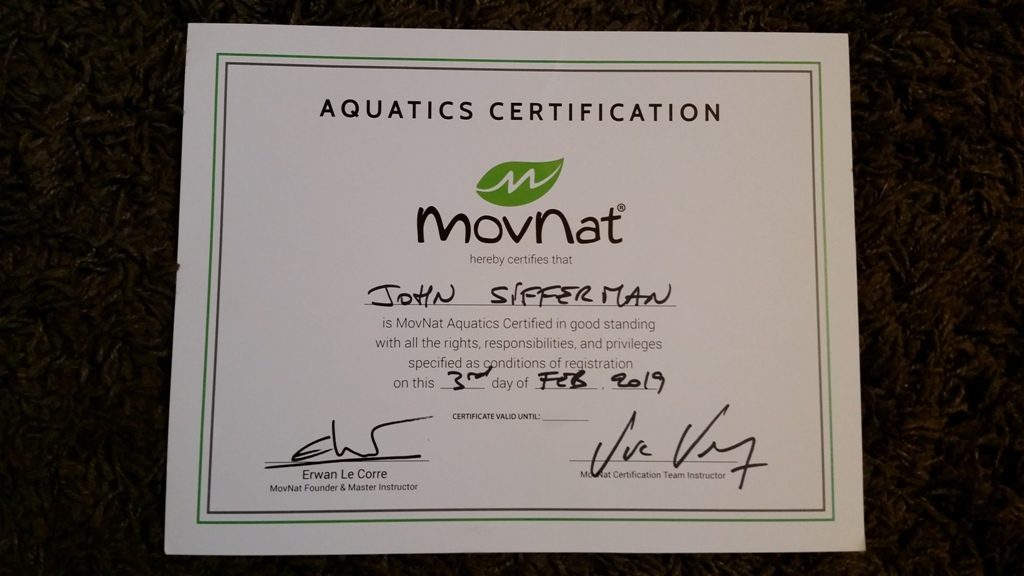
Since then, I have swam a half mile in a pool almost effortlessly – without exerting myself any more than walking does. Let me say that again in case it hasn’t sunk in. I went from being dead-beat exhausted – and nearly defeated – from thrashing my way over a short distance in the water, to swimming a half mile without getting out of breath.
I also started swimming in open water later this Summer. My swim buddy and I started with 400 yards close to shore, and more recently worked up to swims across the lake in the 1000-1200+ meter range. I’ve also practiced some shallow freediving in the ocean and I completed a 25 yard underwater swim on one breath.
I doubt anyone will have the patience to watch this, but here’s a before and after video I filmed of my freestyle technique, which is the stroke I struggled the most with. Anyone with at least one good eye can spot the massive improvement in comfort and efficiency.
Needless to say, I am thrilled with the results and feel like a whole new world of possibilities has opened up to me. I knew I had it in me, but I also knew I needed help to get there. And MovNat Aquatics did the trick.
Final Words
Remember the guy wearing shoes at the beach? The guy who hated swimming. That was me most of my life. But now I genuinely enjoy the water and actively seek opportunities to get out there. What a difference two days of quality training can make.
Before I wrap up, I’d like to thank the MovNat Team for making this event happen, Vic for his exemplary instruction and going the extra mile to help me after the course, and my fellow students for encouraging me when I was struggling (especially Kimberly and Bernd). I am very grateful for all of you and this life-changing experience.
Speaking of which, MovNat doesn’t run this particular course very often, which is a shame because it is so powerful. So, if you ever get the chance, regardless of your skill or comfort level in the water, I highly recommend that you jump on the opportunity – even if you can barely swim…especially if you can barely swim.
This was both one the hardest and most rewarding training courses I’ve ever attended. If I can complete this course and get so much out of it despite my lack of preparation, I bet you can, too.
CLICK HERE TO LEARN MORE ABOUT MOVNAT AQUATICS
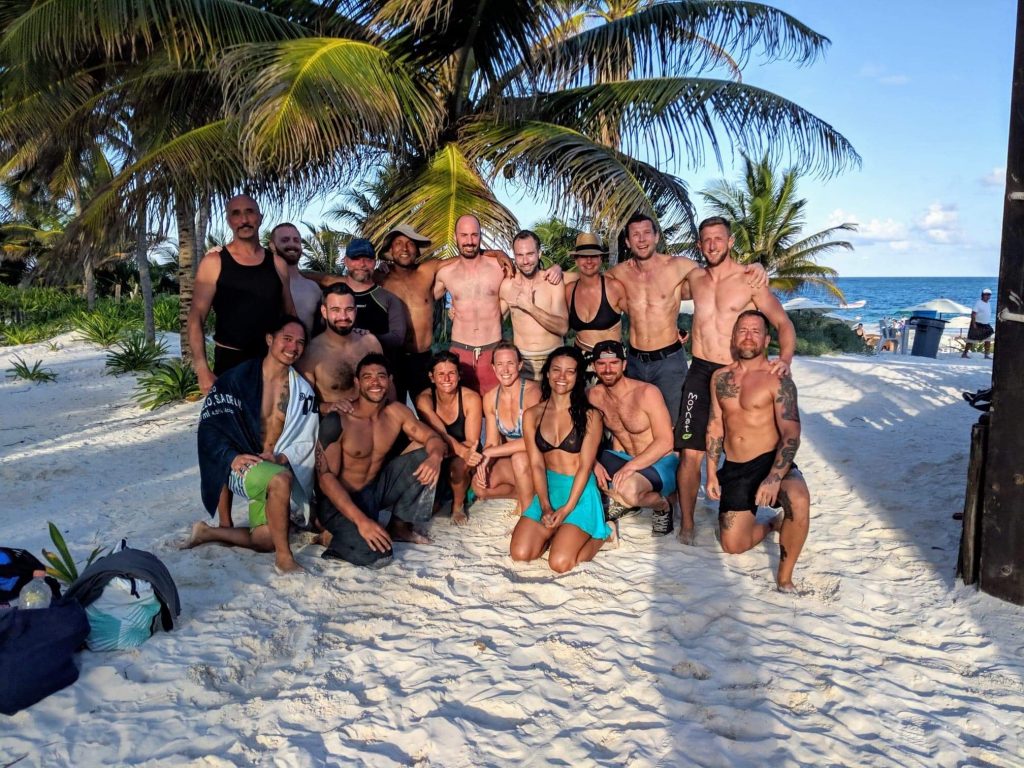
Related Posts
- MovNat Combatives Review: What I Learned at the MovNat Combatives Certification
- MovNat Immersion: The Ultimate Natural Movement Challenge (Review)
- MovNat 5-Day Retreat Review
- MovNat Certification Program Review – Levels 1, 2, & 3 (Coming Soon!)